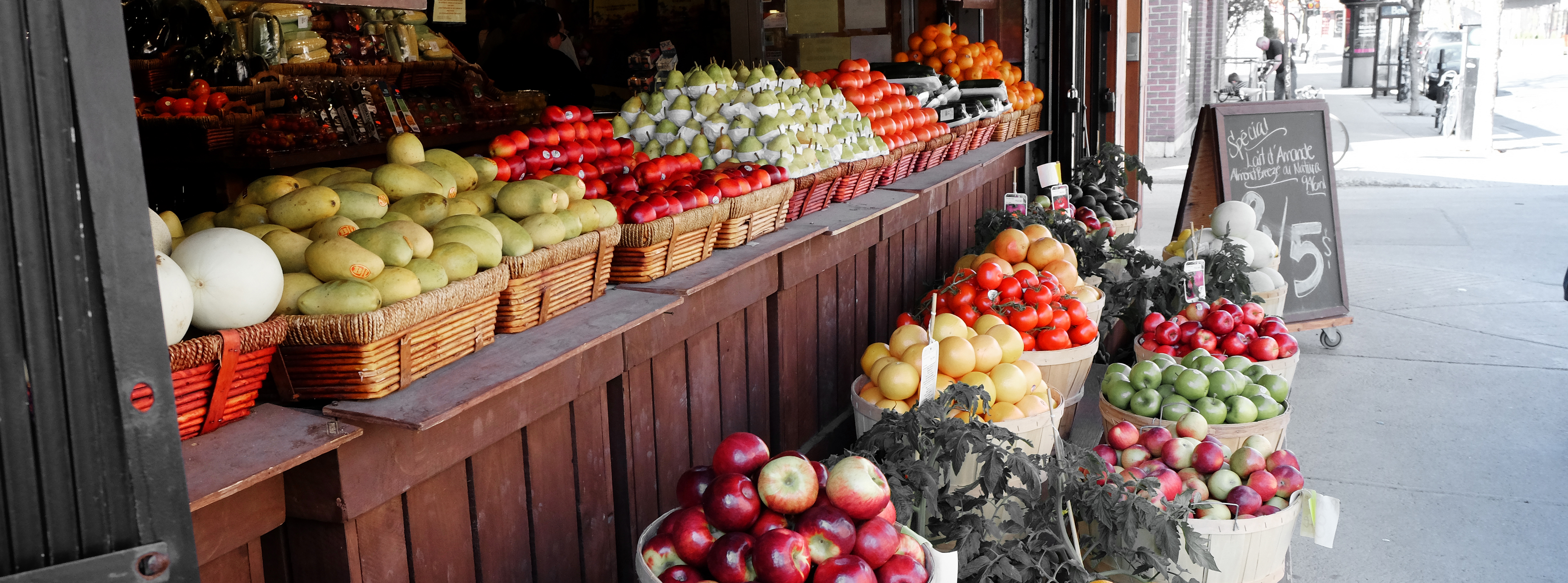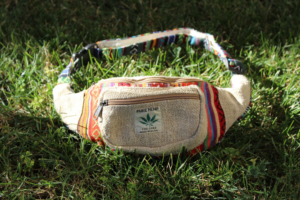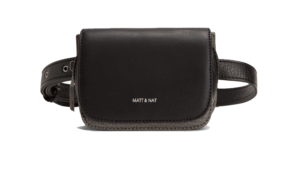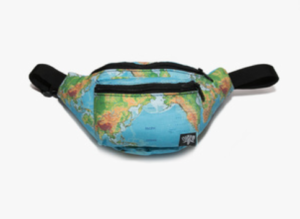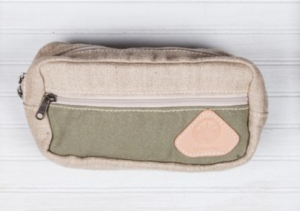California has become the first state to ban retailers from offering single-use plastic bags. The law has not yet taken effect, but retailers who do business in the state have to start planning for the change now.
To help you wade through the regulations and your options, we’ve put together everything you need to know about the California plastic bag ban.
What’s banned?
Any single-use shopping bag, unless the bag is either compostable or made from recycled paper. Also, technically, any reusable plastic bag that doesn’t meet the state’s standards (more on that later) is banned.
Not banned: produce bags, garment bags, bags for carrying prescription drugs, or bags for carrying unwrapped food items.
Who does it apply to?
Generally speaking, it applies to grocery, liquor, pharmacy, and convenience stores.
More specifically, it covers grocery stores (or stores that sell some groceries) that have annual sales of at least $2 million; pharmacies that have at least 10,000 square feet of retail space; and convenience stores that have a license to sell alcohol.
When does it take effect?
For larger stores and retail pharmacy stores, the law takes effect July 1, 2015. For smaller convenience stores, the rules apply beginning July 1, 2016. However, there is a petition in the works that will likely delay implementation of the law by over a year, until after the November 2016 elections.
Who pays for the bags?
The customer. The law makes giving out free bags to customers illegal; stores must charge customers at least 10 cents per bag purchased. The one exception is for customers who pay using a WIC card or other form of government assistance; they don’t have to pay for any bags.
Where does the revenue from bag sales go?
Retailers keep the proceeds from the sales of bags, but they can only use that money to cover the costs of the bags, the costs of complying with the regulations, or the costs of educational materials/campaigns encouraging customers to use reusable bags.
What counts as a reusable bag?
Under the California law, any reusable bag must have a capacity of at least 15 liters, be washable, be capable of carrying at least 22 pounds for a distance of 175 feet, and do so for at least 125 uses. It cannot contain lead, cadmium, or any other toxic material.
If it’s made from plastic film, it must be at least 2.25 mils thick. If it is made from any kind of fabric (including woven nylon or polypropylene) it must be sewn and have a fabric weight of at least 80 grams per square meter.
Furthermore, all reusable bags must also be printed with the name of the bag’s manufacturer, the country of origin, and a statement that it’s a reusable bag designed for at least 125 uses. If it’s recyclable, it must also have printed recycling instructions.
What counts as a recycled paper bag?
The bag must be made from at least 40% post-consumer recycled materials (20% if it is an eight pound or smaller paper bag). It must also be recyclable, and be printed with the name of the manufacturer, country of origin, and percentage of recycled materials.
What counts as a compostable bag?
A bag that meets at least the ASTM D6400 standard for composting. The store offering the bag must also be in an area where most of the households have access to curbside composting pickup, and where the local government has voted to allow compostable bags.
Does the ban help the environment?
There’s some debate over how helpful the ban would be.
For starters, plastic grocery bags only make up 1.4% of plastic waste in California, and just 0.13% of all waste. So while eliminating single-use plastic bags might reduce waste somewhat, they are a very small part of the overall problem. And since single-use plastic bags are often reused once as trash bags, consumers end up buying plastic trash bags to replace them. This makes the net decrease in plastic waste even smaller.
Though the law encourages replacing single-use plastic bags with reusable bags, the vast majority of reusable bags are still made from petroleum-based plastic. In fact, a typical reusable bag contains 15 times as much plastic as a single-use bag. They are usually not biodegradable and not recyclable.
Single-use recycled paper bags likewise contribute to waste. They are not reusable, and though they can be recycled, only 21% of paper bags in the U.S. do get recycled. The rest end up as trash. Overall, California has almost twice as much paper waste as plastic waste (17.3% vs. 9.6% of total waste). The manufacturing process for paper bags also requires more water than single-use plastic bags (roughly four times as much water per bag) and emits more greenhouse gasses.
That doesn’t mean the ban won’t reduce waste or help the environment at all; it’s just that the situation is complex, and the true impact is hard to measure.
What about the petition to repeal the ban?
Opponents of the California bag ban have gathered signatures on a petition that would put the law to a statewide vote in 2016. They have submitted over 800,000 signatures, and only need 505,000 of those signatures to be valid in order to get the measure on the ballot. Assuming it does go to a vote, the law would be put on hold until it’s decided upon in the November 2016 election.
If it is put on the ballot, it seems likely that voters would uphold the law. According to one poll, 59% of California voters are in favor of the ban, versus 34% who would vote to overturn it. Even if those numbers hold steady and the voters approve the bag ban, the referendum would have the effect of postponing the law for at least 16 months.
What about RagBags?
RagBagsTM provide a unique solution to the question of shopping bag waste. Besides simply being reused as a bag, they can be repurposed—and in the process reduce other kinds of household waste. For example, one super-absorbent RagBag can take the place of two full rolls of disposable paper towels. So, besides eliminating the waste from single-use or reusable plastic bags, RagBags also reduce the amount of non-bag waste from paper towels, napkins, or tissues.
RagBags are compostable and biodegradable. They are made from non-toxic, bio-based materials, such as recycled cotton from T-shirt trimmings. They’re also relatively lightweight compared to paper or reusable plastic bags, and are made in the USA—two factors which both cut down on transportation costs and fuel consumption. They are truly the green choice.
If you have any questions about the California bag regulations, or would like more information about bringing RagBags to your store, please contact us.
